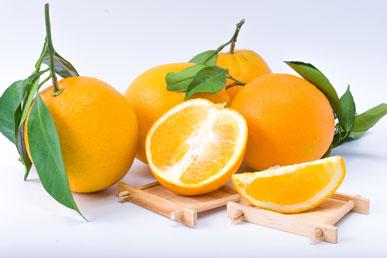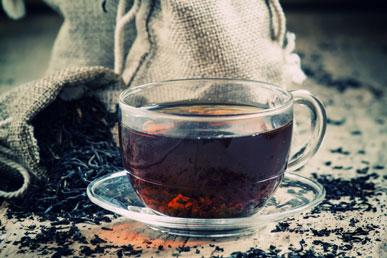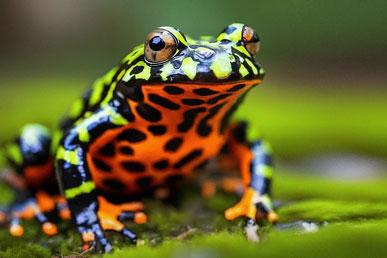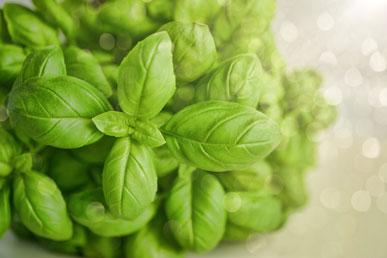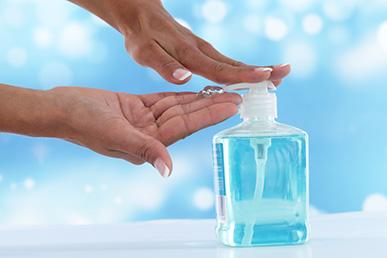
White tea is a type of tea that undergoes weak fermentation (oxidation). White tea, according to the classification by the degree of fermentation, is in second place after green (approximately 5-7% fermentation).
The name "white" was given by the appearance of a tea bud, which is densely covered with white pile. The main idea of white tea is to preserve the tea leaf in the form in which it grows on a bush, preserving the maximum of natural, natural with minimal human impact.
White tea is distributed mainly in China and is considered one of the most refined and expensive teas. For him, they collect buds and young leaves of the first harvest of tea, which are only half opened. After brewing, white tea has a pale yellow or greenish-yellow color, a delicate floral or herbal aroma, and a sweetish taste. Of all types of tea, it has more nutrients.
White tea was brewed even at the court of Chinese emperors. The emperors valued this tea for its exquisite taste, subtlety of aroma, because it clears the mind and lowers the internal heat, which, according to the theory of Chinese medicine, is the "cause of a hundred diseases." The history of the prototype of this type of tea is about 880 years old, the history of individual varieties bred specifically for the production of white tea is 100–150 years old.
Properly prepared white tea has a lot of useful properties: it gives strength and at the same time relieves insomnia.
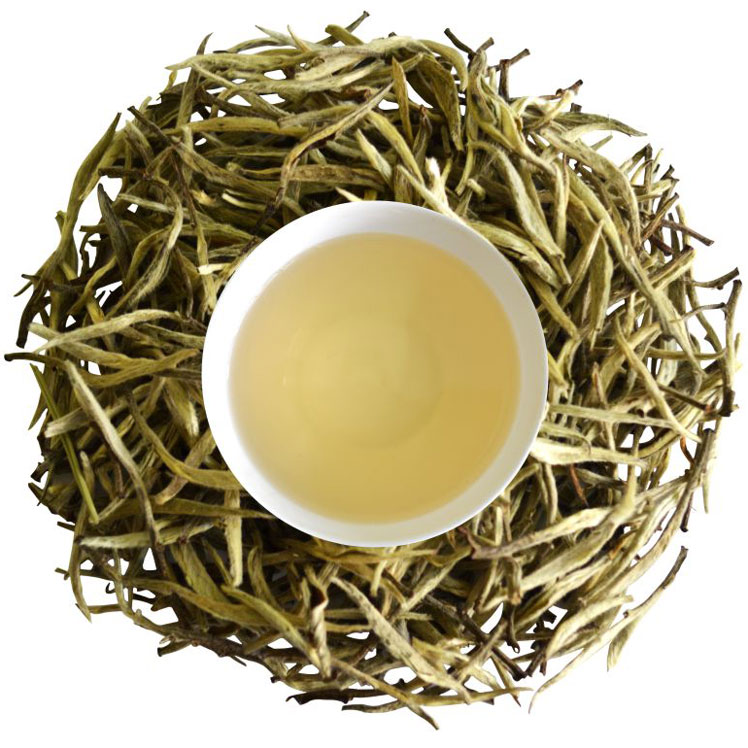
Varieties of white tea
There are no more than 10 types of white tea. The most popular varieties are as follows:
- Baihao Yinzhen (translated from Chinese – "white-haired silver needles") – is the most expensive, elite variety and the most valuable, since only the best raw materials are used for its production – unopened leaf buds of the tea bush (tips). This is a rare and expensive tea, it is highly valued among Chinese lovers for its refreshing effect. Baihao Yinzhen is one of the Ten Famous Teas of China.
Baihao Yinzhen has antipyretic properties and is also used in traditional Chinese medicine to reduce the "inner fire" in the human body. This tea also has a beneficial effect on the stomach. Baihao Yinzhen is also known to be used in the treatment of skin rashes and redness. Like many other teas, Baihao Yinzhen is a good antioxidant and diuretic.
- Bai Mudan (translated from Chinese – "white peony") – is also considered the highest quality tea, but not so expensive. When harvesting tea, a kidney and two leaves of the same size of the tea tree of the Dabaicha variety (“Big White Tea”) are used.
According to Chinese experts, it ideally removes excess heat, regulates the emotional state, at the same time tones and relaxes, creating a feeling of pleasant comfort and peace. Ideal for tea drinking in warm and hot seasons.
- Shou Mei (translated from Chinese as “eyebrows of an old man”) is a lower quality tea than the first two, since it is made from a kidney and top leaf, the remnants of the 4th category from Baihao Yinzhen. The tea has a pronounced, rich taste. Many tea lovers prefer to drink this particular drink, believing that it makes it possible to experience the true taste and aroma of white tea.
The Shou Mei tea variety improves metabolism, has a beneficial effect on bowel function. It contains antioxidants that fight free radicals, which leads to the improvement of body cells.
Manufacturing technology
The collection of tea is carried out in a selective way. Tea is harvested in mid-March-early April by hand early in the morning from 5 to 9 am. The weather should be clear and sunny. If during the harvest the wind starts or it rains, then the entire crop disappears, and the prices for white tea (already high) rise sharply.
Interesting fact
White tea has a very delicate aroma that absorbs surrounding odors very easily. Therefore, tea pickers are not allowed to eat onions, garlic, hot spices, or drink alcohol, otherwise they may ruin the original flavor of the tea.
For white tea, the youngest undamaged leaves are collected; usually, for expensive varieties of tea, either one or two upper leaves are torn off, wrapped in a white pile – "baychoy". After harvesting, the leaves are dried, dried naturally under the rays of the sun, alternately placed in the shade (sun-shade fermentation). After drying, the tea is dried in an oven, sorted or immediately packaged – the tea is ready.
White tea is unique in that it does not curl, human exposure is minimal. When sorted, the best raw materials (tips) go to Baihao Yinzhen, what remains is sieved, the buds (tips) and the second leaf become Bai Mudan, and the last thing that remains becomes Shou Mei. Since tea is made from high quality raw materials, all varieties are considered elite, but Baihao Yinzhen is the best.
If, in the manufacture of white tea, weather conditions do not allow it to be dried in the sun, then indoor dryers are used, but such tea is much inferior to the above in quality.
White tea is not consumed immediately after preparation, it must “reach” for at least a month, such tea can become better over time due to chemical processes taking place deep in the leaf. But at the same time, such tea does not tolerate transportation and long-term storage.
White tea is supplied to the world market in limited quantities. Due to the complexity of collection and difficult storage conditions, the price of white tea is much higher than that of green tea – a retail price of $250-400 per kilogram is normal.
Producer countries
- China is the main producer of white tea. White tea is harvested mainly in the mountainous regions of Fujian Province.
- Sri Lanka (mountainous regions).
- India (Darjeeling district, Assam state and the Nilgiri mountain range).
- Nepal.
- African countries (mainly Kenya and Malawi).
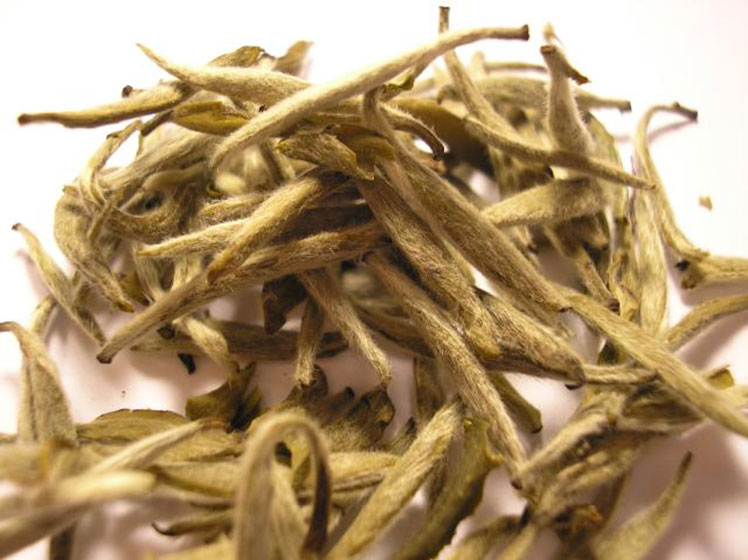
Properties of white tea
White tea has a lot of healing properties, it is called the tea of youth and health. It ranks first in terms of the content of nutrients, as it is not subjected to heat treatment, contains vitamins C, PP, B vitamins, trace elements, amino acids and many other substances, it has less caffeine than other types of tea.
It has a cooling effect, it can be drunk both in the morning and in the evening. White tea extracts are used in perfumery and in the production of face and body care products. White tea is also used in medicine. Vitamins and amino acids of white tea slow down the aging process of cells.
Organoleptic characteristic
The aroma of dry white tea is unique, it has notes that are unique to white tea. The tea leaves are gray-green in color and covered with white pile.
- Baihao Yinzhen consists of only whole kidneys shaped like needles.
- Bai Mudan consists of white buds and leaves, which have different degrees of fermentation, so the color of this tea is uneven: from white to silvery green with brown patches.
- Shou Mei is also uneven in color, there are almost no buds, the leaf is not solid.
The taste of white tea is refreshing, delicate, but at the same time full, rich in flavors of flowers, honey, melon, peach, berries, birch sap. The color is a delicate yellow-peach, it can be almost invisible, it can resemble fresh honey or amber, the infusion is transparent.
White tea is one of the most expensive types of tea. As a rule, the higher the price of tea, and, consequently, the quality, the brighter its aroma and taste. Baihao Yinzhen has a delicate, refined taste that is difficult to appreciate for a person unfamiliar with tea, so acquaintance with such teas should be started with “simpler” teas, Bai Mudan has more “obvious” taste characteristics.
Most often, tea is produced in loose form, it is pressed in the form of a pancake, and bound teas are also made from it, adding jasmine, chrysanthemum, but the flowers clog the natural taste of tea.
White tea is often counterfeited as regular green tea. Sometimes the aroma inherent in white tea is imitated, so it is often very difficult to distinguish white tea from a fake. A fake does not have the virtues of white tea.
It is not difficult to distinguish white tea from a fake – the dishes from which it was drunk while still warm convey a special sweet smell.
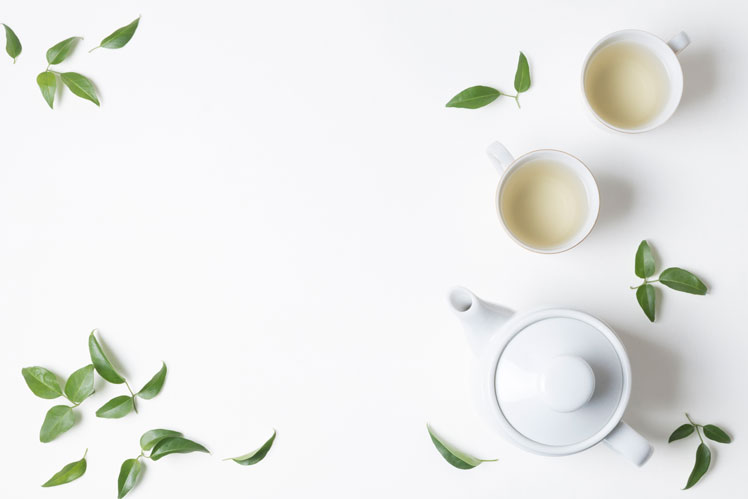
Background photo created by freepik – www.freepik.com
How to brew white tea
White tea requires a certain method of brewing, improper preparation can spoil the tea. Brewing consists of 3 parts:
- water temperature
- brewing time
- RїRѕSЃSѓRґR °
Tea masters know that there are a thousand ways to brew white tea correctly, but at the same time there are a million ways to do it wrong.
Depending on the properties that you want to get from tea, you must choose the optimal temperature and steeping time. The hotter the brewing water, the more pronounced the taste of the drink will be, but if the water is too hot, it will taste bitter, especially if the tea has been in the water for too long.
The duration of infusion must be determined taking into account the amount of the dryest tea and subsequent brewing (if you put a lot of tea, then it can be brewed up to five times, each time getting a drink with a new taste and aroma).
According to tradition, 2 to 10 grams of tea (from one to five brews) is put into one cup, the water temperature is 60–65 ° С +5 degrees for each subsequent brewing. This allows you to maximize the properties of the drink and squeeze everything out of the tea tips. At the last brewing, steamed tips can be squeezed into a cup of tea to improve the taste.
Properly selected dishes allow you to better convey the aroma of tea – in no case should you use metal teapots and teapots for this. Glass or ceramic dishes are best suited for brewing white tea.

Background photo created by freepik – www.freepik.com
How to properly store white teas
White tea should be stored in a dry room, in a well-closed ceramic container with a well-ground lid. Do not store tea near smelling foods, as it absorbs odors very quickly.
It is generally believed that white tea, like other weakly fermented ones, should be stored until the next harvest – that is, 1 year, however, the Fudins themselves (people who grow white tea) store it for years, believing that aging tea gives it positive qualities. Today you can find, for example, "White Peony", aged 10 years.
The best storage conditions for tea are sealed containers at a temperature of 10 °C, that is, a refrigerator. Under such conditions, tea can be stored for several years. However, in no case should tea be stored at temperatures below 0 °C, as this will destroy the tips.
We also recommend:
◆The effect of green tea on human health
◆Varieties of black tea, methods of brewing and drinking it
◆What determines the color of tea? Four types of tea and their differences


